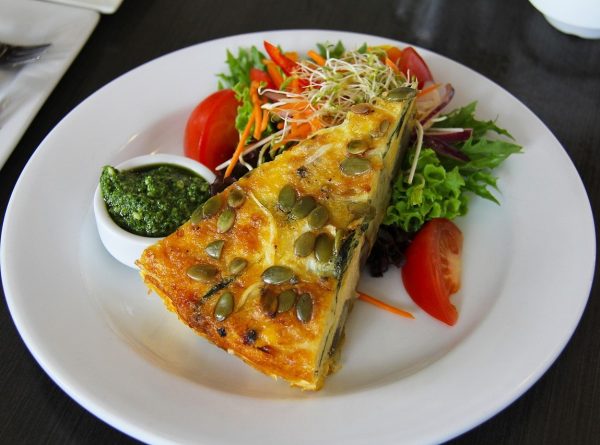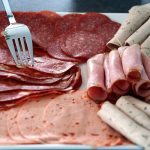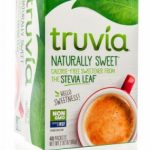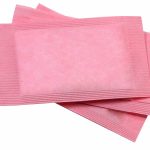Dieters often cringe at the mention of calorie restriction. And there is a reason why.
Most of them have already gone through the torture of nearly starving themselves for a few days, weeks or longer. They even got excited when they lost a few pounds.
Then, one of two things happened.
- The gnawing hunger drove them crazy, so they stopped early in the game.
- They were able to sustain the restricted diet, but hit a weight-loss plateau and gave up.
The reason for plateauing is simple. A drastic reduction in calories messes with your metabolism. It makes it sluggish, so you burn fewer calories. In fact, you can even start regaining the weight you lost, while still restricting calories.
However, if it is done right, calorie restriction can not only help you shed pounds, but also help rejuvenate your muscles, upregulate your metabolism, reduce inflammation and promote healthy aging.
A Small Reduction in Calories has Huge Rewards
A new study supported by the National Institute on Aging revealed something amazing.
Researchers asked people to cut their daily calorie intake by 25%. However, nobody could reach that goal. The group was only able to achieve a 12% reduction. But it was enough to produce some great results!
The calorie-cutters were able to lose 10.4% of their weight over the course of a year, and maintained that weight loss through the following year.
Not only that, but the reduction in calories boosted genes responsible for energy and metabolism; and downregulated genes that cause inflammation. Those on the restricted diet also showed a reduction in risk factors associated with things like diabetes, heart disease and stroke.
And here’s something really interesting.
While there was some loss of muscle mass among the participants, there was no loss in muscle strength. This suggests that calorie restriction actually improves muscle force, quality and health – likely through stabilizing muscle growth and repair.
The most interesting thing about these results is that reducing calorie intake by 12% is entirely doable. It’s a small reduction with huge rewards.
Easy Way to Support Calorie Restriction
One thing to consider when attempting to eat fewer calories is the energy density of the foods you’re eating.
On one hand are your high energy density foods. Some examples of high energy density foods are fatty meats, fried foods, dairy products, desserts, processed foods and those that are high in sugar. Just small amounts of them can contain a high number of calories. At the same time, they typically have low nutritional values.
On the other hand you have low energy density foods. Fruits, vegetables, beans, soups, stews, lean meats and foods with a high fiber content are all considered low density. They provide a lot of nutrients, very few calories and often have a high water content.
When compared to high density foods, those that are low density provide fewer calories per gram of food when you eat them. This means you can eat bigger portion sizes, while potentially slashing your caloric intake at the same time.
In other words, you can eat large, satisfying quantities of low energy foods that will keep you sated throughout the day … without worrying about calories.
In fact, studies show that low energy density meals actually increase the sensation of fullness, reduce hunger and help curb food cravings better than a regular diet.
For example, when overweight women enjoyed a high energy density bagel-based breakfast vs a low energy density egg-based breakfast of equal calories, those who ate the egg-based breakfast consumed fewer calories throughout the remainder of the day.
Here are a few tricks to help you plan your low energy density meals:
- Add extra vegetables to your soups, stews and meals.
- Choose grilled or roasted meats and vegetables over those that are fried.
- Include more beans, peas and lentils in your meals. Serve them as a side or add them to your soups, chilies, stews and salads.
- Go easy on the sauces. If you load your foods up with buttery and creamy sauces, you’ll end up making them more energy dense.
- When it comes to creamy deserts, opt for making them with plain Greek yogurt over other dairy products.
Fill the greater portion of your plate with low density foods. Then fill in the remainder with small portions of energy dense foods, particularly those that are loaded with healthy fats. (Little known fact: healthy dietary fats can actually help you lose weight!)
This includes foods like extra virgin olive oil, fatty fish, avocado, nuts and seeds that all have an important place in your diet. So don’t forget to include them as a healthy part of your daily meals. It’s also okay to enjoy reasonable portions of lean grassfed meat and pasture-raised poultry.
Just be sure that whatever you try, you’re getting safe nutrition levels.
SOURCES:
Das JK, Banskota N, Candia J, Griswold ME, Orenduff M, de Cabo R, Corcoran DL, Das SK, De S, Huffman KM, Kraus VB, Kraus WE, Martin CK, Racette SB, Redman LM, Schilling B, Belsky DW, Ferrucci L. Calorie restriction modulates the transcription of genes related to stress response and longevity in human muscle: The CALERIE study. Aging Cell. 2023 Oct 12:e13963.
Buckland NJ, Camidge D, Croden F, Lavin JH, Stubbs RJ, Hetherington MM, Blundell JE, Finlayson G. A Low Energy-Dense Diet in the Context of a Weight-Management Program Affects Appetite Control in Overweight and Obese Women. J Nutr. 2018 May 1;148(5):798-806.
Vander Wal JS, Marth JM, Khosla P, Jen KL, Dhurandhar NV. Short-term effect of eggs on satiety in overweight and obese subjects. J Am Coll Nutr. 2005 Dec;24(6):510-5.






